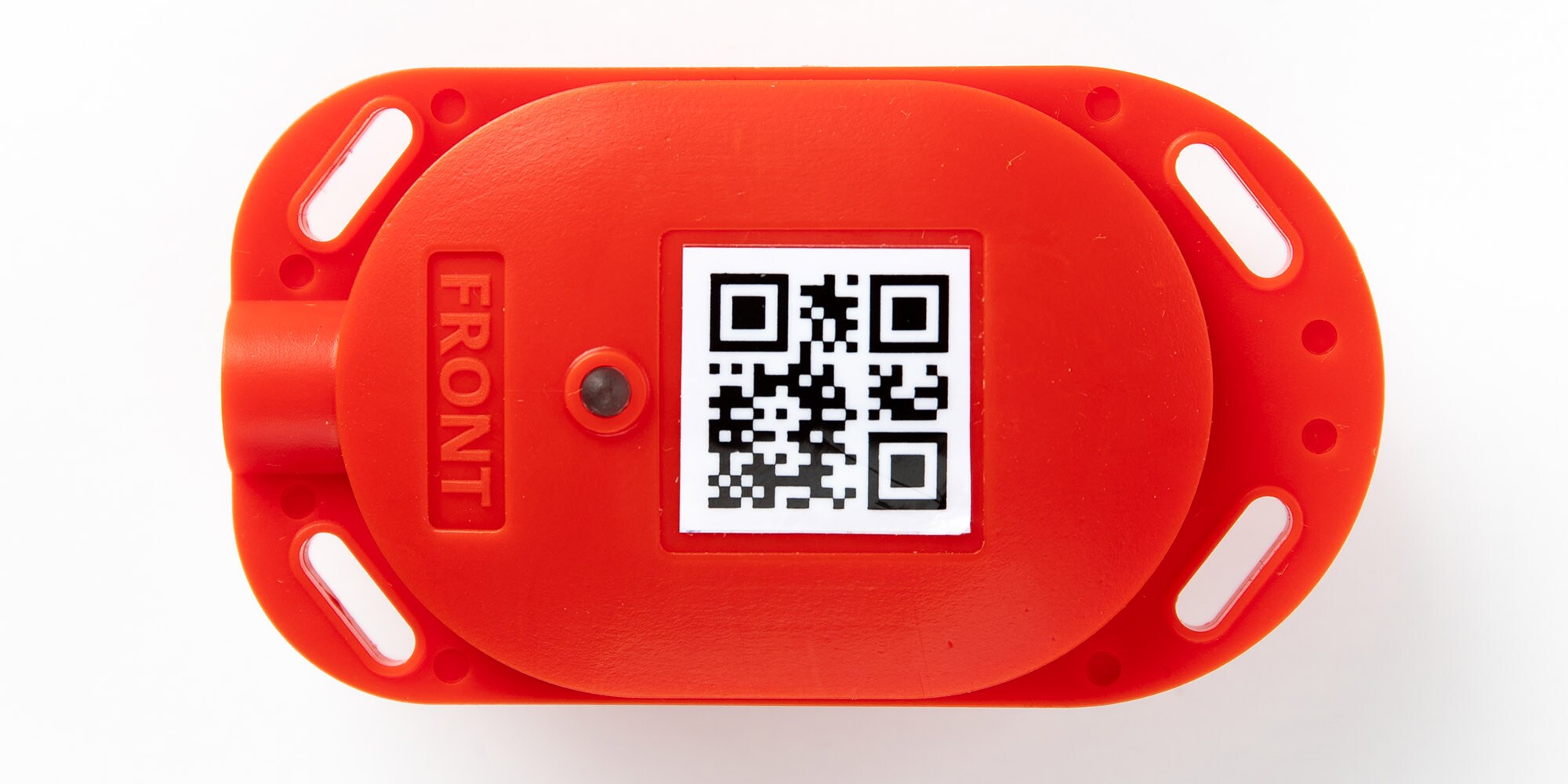- Home
- Company
- News
- Press Releases
- Concrete Sensors Early Access
Concrete Sensors System Delivers an End-to-End Solution for Monitoring Concrete
Technology to Help Contractors Finish Construction Projects on Time with Faster, Accurate Data
PLANO, Texas – September 15, 2020 – Hilti, a global leader providing innovative tools, technology, software and services to the commercial construction industry, today released its end-to-end solution to help contractors more accurately measure and predict the performance of concrete, Hilti Concrete Sensors. The single system includes a portfolio of connected (i.e., “smart”) devices, an easy-to-use mobile app, internal lab testing for calibrating concrete mix designs and training and support services.
Hilti Concrete Sensors will help commercial contractors manage and simplify concrete monitoring, potentially enabling schedule acceleration of construction projects. Using Hilti Concrete Sensors technology can help bring not only productivity, but also cost savings compared to traditional monitoring methods.
“Disconnected systems can cause a range of issues when it comes to cost, processes and productivity,” said Muthu Manohar, Senior Director of Fastening & Protection at Hilti North America. “With Hilti Concrete Sensors, we’re delivering an innovation that provides customers a seamless experience throughout the entire span of a construction project. It’s the only solution on the market that’s comprised of wireless hardware, software and services, which addresses all major challenges of concrete monitoring.”

A sensor embedded into concrete works with the easy-to-use software to provide real-time data on the concrete as it cures and dries. The mobile app can quickly share the status of the concrete’s estimated strength, temperature and relative humidity. With a state-of-the-art in-house lab, the exact concrete mix can be more accurately tested enabling construction managers to make faster and more thorough decisions regardless of climates.
Understanding the importance education and safety play on a construction jobsite, the company will also offer implementation, training and support services on site for contractors and their teams. “We want to help contractors know what to do proactively, so their teams can get work done safer and on time,” said Manohar. “Training and support by Hilti concrete specialists will be an integral part of what we offer.”
Hilti acquired technology startup Concrete Sensors in March. The solution extends Hilti’s digital portfolio into new and important applications and strengthens the brand’s leadership position as a provider of productivity solutions in the construction industry.
Hilti Concrete Sensors are on-sale now in nine select cities including Boston, San Francisco, Chicago, and Vancouver and fully available throughout the U.S. and Canada starting in January 2021. For more information, contact Hilti Customer Service. From the U.S., call Hilti, Inc., at 1-800-879-8000; from Canada, call Hilti (Canada) Corporation at 1-800-363-4458.
About Hilti Inc.
Hilti is a world-leading provider of high quality, innovative and specialized tools, fastening systems and software-based solutions for the professional user. With more than 3,800 highly trained Hilti account managers, engineers, and Hilti employees throughout North America, Hilti expertise covers the areas of powder actuated fastening, drilling and demolition, diamond coring and cutting, measuring, firestopping, screw fastening, adhesive and mechanical anchoring, strut and hanger systems, solutions for tool park productivity as well as worker health and safety.
